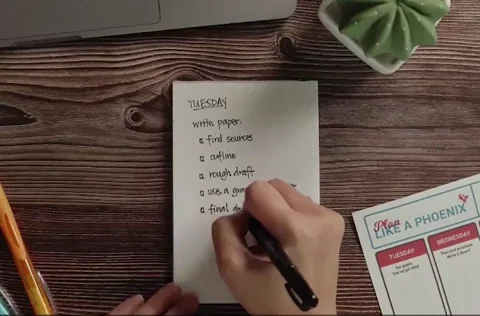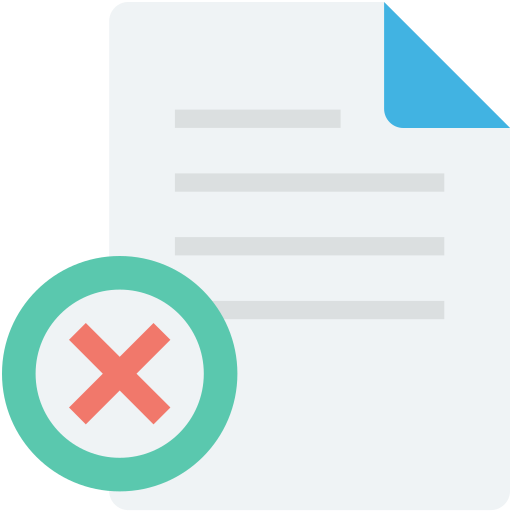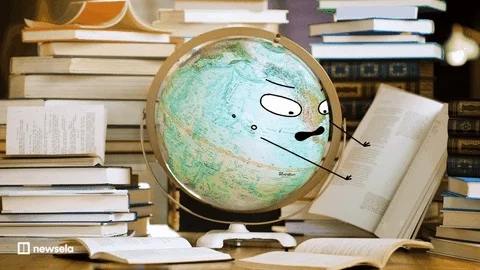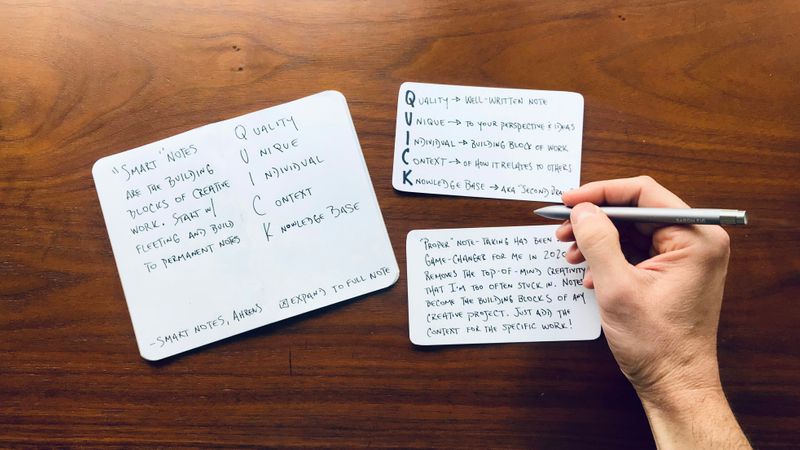You find an interesting section in a source and want to include it in your paper (cited, of course). But you have a limit on how many quotes you can add. What to do? Add a summary!

A well-written summary shows your instructor that you understand the main points, allowing you to rephrase them and avoid plagiarism. A summary shows that you, as the student, learned a subject well enough to express it in your own words.
What Is a Summary?

A summary is a short version of the original source's main ideas in your words. For example, if the original text is three lines long, the summary may be one short sentence. An example of a summary is what you see on the inside of a book jacket or the info page of a Netflix show.
Use a summary when you want to capture the main idea of the original text but don't need to include every minor detail. A summary doesn't include your own thoughts about the source. Save those for after the summary.
Good Summary
Original
The little girl gave a cry of amazement and looked about her, her eyes growing bigger and bigger at the wonderful sights she saw.
The cyclone had set the house down, very gently-for a cyclone-in the midst of a country of marvelous beauty. There were lovely patches of green sward [grass] all about, with stately trees bearing rich and luscious fruits. Banks of gorgeous flowers were on every hand, and birds with rare and brilliant plumage sang and fluttered in the trees and bushes. A little way off was a small brook, rushing and sparkling along between green banks, and murmuring in a voice very grateful to a little girl who had lived so long on the dry, gray prairies.
— The Wonderful Wizard of Oz by L. Frank Baum
Summary
The girl was astonished by the beautiful scenery with its fields of flowers, exotic birds, and sparkling brook, so different from the dull landscape of her home.
Why It's Good
This summary is concise while including enough vivid details (flowers, birds, and brook) that the sense of wonder in the original passage is preserved. It focuses on the passage's factual details without adding an interpretation of those details.
It also avoids plagiarism because the person writing the summary uses their own words.
Bad Summaries
Here's what not to do when summarizing, using the passage above:
The Over-Quoted Summary
"The little girl gave a cry of amazement" when she saw the "country of marvelous beauty" around her, so different from the "dry, gray prairies" where she “had lived so long” (Baum, 1900, p. 33).
Why It's Bad
This summary is just quotes strung together with a few new words. If this sentence didn't have quotation marks and an in-text citation, it would be considered plagiarism. Except for common words and technical terms, summaries should be in your own words to avoid plagiarism.

The Too-Short Summary
The girl marveled at her surroundings.
Why It's Bad
Shorter is usually better for summaries, but this one is so short that it's a bare sketch of the original passage. Without more details, the reader misses the girl's wonder at being transported from an ordinary land to a magical one.
3 Summarization Strategies
1. Key Word Outline 🗝️
Write a key word outline using 2 to 3 words from each sentence, and summarize from these notes. Symbols or numbers can stand in for additional words.
Original Text with Key Words in Bold:
Within a short time she was walking briskly toward the Emerald City, her silver shoes tinkling merrily on the hard, yellow roadbed. The sun shone bright and the birds sang sweet and Dorothy did not feel nearly as bad as you might think a little girl would who had been suddenly whisked away from her own country and set down in the midst of a strange land.
— The Wonderful Wizard of Oz by L. Frank Baum
Outline: Emerald City, silver 🥿, yellow 🛣️. Not 😟, strange land.
To stay within the word limit, symbols stand in for "shoes," "roadbed," and "did not feel nearly as bad."
2. Be a Teacher 🍎
Pretend you’re teaching the topic to someone else who doesn't know about it. It's even better if you do it out loud. Summarizing in papers is the written equivalent of oral narration.
3. Use an Acronym 💡
Use an acronym framework such as 5 W's and 1 H (who, what, when, where, why, how). This article on 5 summarization strategies uses stories as examples, but you can apply the same strategies to other works.
Practice Your Skills
Suppose you're an instructor reviewing a student's summary of a poem. What changes would you suggest to help the student both avoid plagiarism and improve the summary?
Original Poem
I spot the hills
With yellow balls in autumn.
I light the prairie cornfields
Orange and tawny gold clusters
And I am called pumpkins.
On the last of October
When dusk is fallen
Children join hands
And circle round me
Singing ghost songs
And love to the harvest moon;
I am a jack-o'-lantern
With terrible teeth
And the children know
I am fooling.
— "Theme in Yellow" by Carl Sandburg
 Student's Summary
Student's Summary
"Theme in Yellow" describes the autumn season and pumpkins. In October, children gather around a pumpkin.
Quiz
What changes would you suggest? Select all that apply:
Keep Track of Your Sources
When summarizing, it’s especially important to write down your sources as you write your paper. It’s harder to remember what each source is when you’re summarizing it in your own words. Also, you want to make sure that you don’t use large sections of the original and uncredited wording in your summary.
Citing as you write saves time and helps you avoid plagiarism.
Citing While Writing

Trying to Cite After Writing

When taking notes, write down the source name, the author, key terms in quotation marks, and the page number (if applicable). Cite and reference your source, even if your summary is significantly different from it.
Take Action

Explain ideas in your own words to avoid plagiarism and reinforce your understanding of the subject.
Your feedback matters to us.
This Byte helped me better understand the topic.


